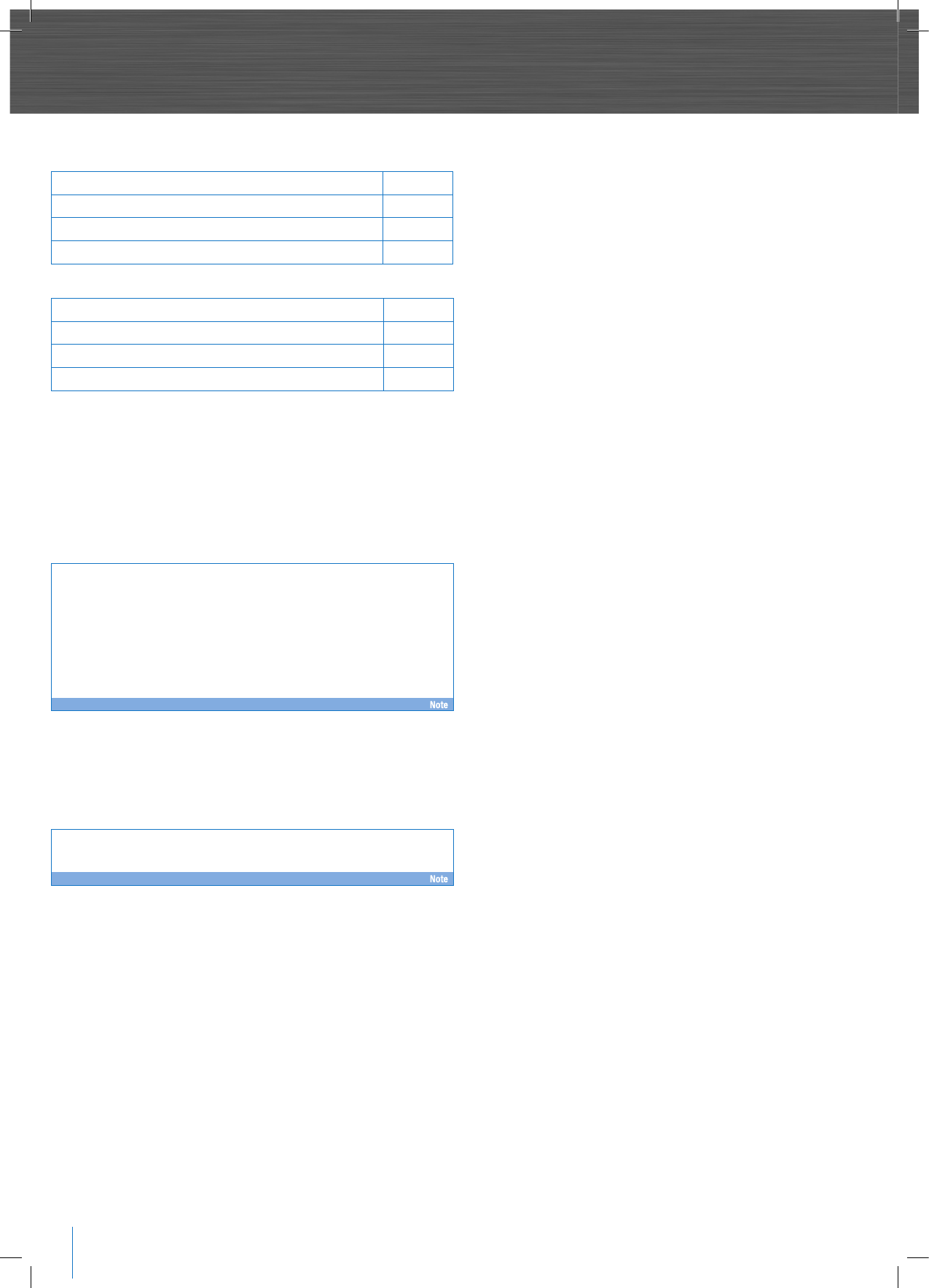
16
The Vital Ingredients
Recipes in this Instruction Book were developed using Australian Metric
Weights and Measurements.
AUSTRALIAN METRIC MEASUREMENTS mls
1 teaspoon
5
1 tablespoon
20
1 cup 250
For New Zealand customers
NEW ZEALAND METRIC MEASUREMENTS mls
1 teaspoon
5
1 tablespoon 15
1 cup
250
The New Zealand tablespoon is 5ml less than the Australian tablespoon,
so care should be taken when measuring ingredients to compensate for
this variance. For example, 1 Australian tablespoon = 1 New Zealand
tablespoon plus 1 New Zealand teaspoon.
Metric liquid measuring jugs
If measuring liquids using a graduated, metric measuring jug, place jug on
a flat surface and check for accuracy at eye level.
DO NOT USE TABLEWARE JUGS OR MEASURING CUPS.
It is important to note that New Zealand ingredients, especially
flour and yeast, differ from the Australian equivalents. In the Vital
Ingredients section (Page 17-18), suitable New Zealand products
have been listed. We suggest these New Zealand products be
substituted for the Australian products in the Easy Bake Recipe
Section. For further New Zealand bread making assistance,
telephone: 0800 273 845.
Metric weighing scales
For consistent results it is recommended to use metric weighing scales
if possible as they provide greater accuracy than measuring cups. Tare
(or zero) the scales with the container in position then spoon or pour
ingredients in until the desired weight is achieved.
In general, water weighs the same in grams as it measures in
millilitres.
Metric measuring cups and spoons
If using the graduated, metric measuring cups, it is important to spoon
or scoop the dry ingredients loosely into the required cup. Do not tap the
cup on the bench, or pack the ingredients into the cup unless otherwise
directed. Level the top of the cup with a knife. When using graduated,
metric measuring spoons, level the top of the spoon with a straight edged
knife or spatula.
DO NOT USE TABLEWARE SPOONS OR CUPS.
Weighing and Measuring


















